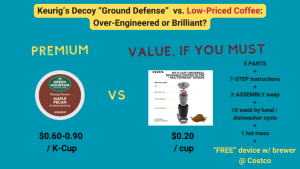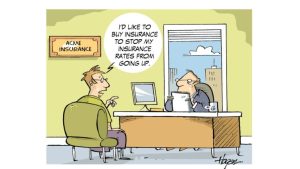Part 1: Will Footwear Brands Raise Prices In 2022?
Many footwear brands have signaled intent to raise prices in 2022, and a select few have reported already doing so in 2021. But what does this tell us about footwear pricing strategy moves in 2022? For now, a survey of earnings reports and retail pricing on key items by brand shows a rather inconsistent landscape when it comes to conviction and “just doing it.”
While a few brands in lower price bands like Crocs (CROX) both increased list prices and aggressively cut down on discounts, industry leaders like Nike (NKE), Adidas (ADDYY) and Puma (PMMAF) took a more incremental approach. They mostly used trimming discounts and waited / signaled towards 2022 on any visible list price increases. The latest Nike earnings call transcript studiously avoids any mention of outright price increases. Instead, it repeatedly points to “higher full-price mix with year-over-year improvement in markdown activity” and “improvement in full price realization.”
Why the apparently demure pricing strategy from the iconic parent of “Just Do It” and its “big footwear” brethren? After all, they too are facing inflation at multi-decade highs, and opex hits on everything from store closures and reopenings, labor costs, and higher return rates as DTC sales accelerated during the pandemic. Furthermore, the Footwear News review of earnings reports is consistent on one point: demand came back strongly as the COVID pandemic subsided, with some brands hitting record revenues and earnings ahead of pre-pandemic levels. Across the footwear who’s who, 20%+ YOY revenue growth in the most recent quarter seems to be the norm, rather than the exception.
Note: The survey also includes brands Under Armour (UA), Asics Corp. (ASCCF), Skechers (SKX), Steve Madden (SHOO), Tapestry (TPR), Caleres (CAL), Genesco (GCO), Wolverine Worldwide Inc. (WWW), Mytheresa (MYTE), and retailers like Dick’s Sporting Goods, Inc. (DKS), Nordstrom (JWN), and DSW parent Designer Brands Inc. (DBI). For further perspective, you can read our whitepaper on classic responses to inflation and price increases.
I suspect brands like Nike would rather take the risk of being overly deliberate than that of being deeply wrong. They may perceive a substantial risk that the pent-up demand could be a temporary peak post-COVID that may recede sooner than their rosy reports suggest. They may want to see firmer signals and commitments from competitors to also take price increases. Maybe most importantly, for iconic brands like Nike, protecting the brand’s health and image is paramount, and they may be wary of any suggestion they’re cashing in while consumers are dealing with record inflation and facing the suddenly uncertain world evoked by the Ukraine war. Finally, executing a price increase through the retail channel partners takes time. Some actions may already be under way, but not yet reflected on the retail shelves. But how does that explain Crocs “doing it” much earlier (2021), more aggressively (ASP up 18%+), and so far, quite successfully (67% growth)?
Stay tuned for our next installment, part 2 of 3, “What Drives Footwear Brands Decisions on When and How To Raise Prices”?





